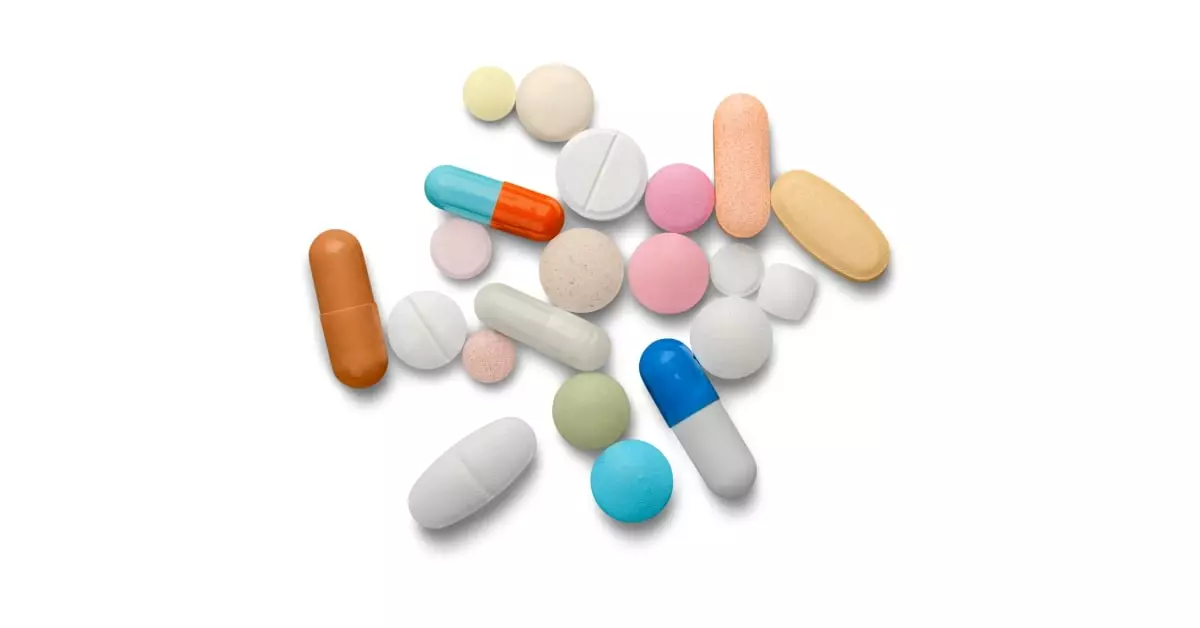Meth Addiction Recovery
Meth Addiction Treatment & Rehab Center
According to the 2018 National Survey on Drug Use and Health, in the United States, 1.9 million people over the age of 12 reported using meth in the past year. Crystal meth is highly addictive and users need more and more of the drug to experience the same initial “high”. The addiction that eventually develops can lead to compulsive drug-seeking behaviors that are destructive to one’s life and health. The increase in the use of this highly addictive substance means that many may be looking for meth addiction recovery options. If you think you need meth addiction treatment what are your options and what do you need to know?
What are the Signs & Symptoms of Meth Addiction?
There are many symptoms and warning signs common among those struggling from methamphetamine abuse. If you or a loved one is experiencing any of the following, it may be necessary to seek treatment for meth addiction:
- Severe weight loss
- Skin sores (caused by scratching)
- Violent behavior
- Paranoia
- Suicidal/homicidal thoughts
- Difficulty sleeping
- Mood swings
- Hallucinations/delusions
- Anxiety
- Memory loss
What is Meth?
Methamphetamine, commonly shortened to “meth,” is a highly addictive stimulant drug that affects the central nervous system. Also known as crystal, glass, ice, and speed, it can cause an increase in an individual’s mood, concentration, and energy. Although meth shares similarities with the legal stimulant amphetamine, which is commonly used in the treatment of ADHD, it is much more potent and causes more harm to the central nervous system.
Meth is manmade and typically comes in either powder or rock form. The powder is white and bitter-tasting and can be snorted, smoked, ingested, or injected. The rock form appears as white or clear “crystals,” and is referred to as crystal meth. It is the purer form of the drug and is usually smoked or injected.
The use of meth causes a release of the neurotransmitter dopamine in the brain, causing the user to experience an intense “rush” of extreme pleasure. This surge depletes the brain’s supply of dopamine, which can lead to depression once the effects of the drug have worn off.
Crystal Meth: Effects on the Mind and Body
Crystal meth has many negative side effects. Excessive or chronic use of meth can lead to a number of very serious health complications or even death.
Regular use of meth causes molecular and chemical changes in the brain. When not high on meth, an individual can have problems feeling pleasure and happiness. Instead, they experience increased feelings of sadness, anger, nervousness, and anxiety. This causes the user to want to continually use meth, further depleting their supply of dopamine in the brain and increasing their tolerance to the drug. This quickly leads to addiction.
As the brain’s supply of dopamine depletes over time from chronic use of meth, the wiring of the dopamine receptors deteriorates which can cause permanent brain damage. This leads to the decline of a person’s motor skills, reasoning, and thinking capacity, among other things. Higher doses of meth can induce seizures and bleed in the brain. High doses among long-time users can lead to the development of psychosis, which may include hallucinations, delusions, and paranoia.
Methamphetamine causes several negative physical effects as well. Long-time users tend to suffer from severe tooth decay and tooth loss, known as “meth mouth.” They also have an increased risk of contracting HIV, Hepatitis B, and Hepatitis C. In addition, meth causes blood vessels to constrict and the heart to beat faster which can lead to a heart attack, stroke, or death.
Crystal Meth Treatment
Crystal meth is a very addictive drug that can impact your entire life. Addiction can be severe, but treatment is available. It is possible to experience methamphetamine recovery and stay clean.
A treatment program for crystal meth addiction should always start by getting the person out of the environment that led them to use meth in the first place. Good programs should also include medical supervision and a high-quality detoxification program.
Once the detoxification phase is complete, psychological aspects of addiction need to be addressed to prevent relapse.
Withdrawal Management Treatments for Crystal Meth Addiction
When you first begin the detoxification process, you will likely experience symptoms of withdrawal from the meth. This is when the drug and toxins are flushed from your body.
The withdrawal process should always be medically supervised in a detox facility due to the risk of complications. Symptoms of withdrawal usually begin within 24 hours of your last drug use.
Symptoms of withdrawal from crystal meth may include:
- Severe agitation
- Depression
- Intense cravings for the drug
- Fatigue
- Insomnia
- Paranoia
- Lack of appetite
- Bloating
- Indigestion
- Aggressive behavior
- Hallucinations
Depending on the severity of the addiction or other drugs used in combination with meth, people may also experience severe withdrawal symptoms such as cardiac arrest, coma, or seizures.1 This is why a medically supervised detoxification program is critical, to prevent any serious side effects of drug withdrawal. Medical professionals can help immediately address dangerous symptoms to help make the transition easier.
Methamphetamine Recovery
While the first step to meth recovery is the physical detoxification from the drug, the second part is overcoming the psychological addiction to this substance. Addressing the psychological aspects of addiction and getting social support from others in the same situation is the focus of our men’s and women’s rehabilitation programs.
During this part of methamphetamine recovery, you will begin to identify the underlying causes of this illness and learn effective ways to prevent a relapse in the future.
This phase of recovery involves a variety of behavioral treatments as well as group and individual counseling. These programs are used to help you begin to understand more about your addiction and the underlying causes of meth use.
The goal is to help you learn positive ways of dealing with life’s day-to-day stressors so that you do not return to drug use in the future.
How to Find a Meth Addiction Treatment Center Near You
When you are looking for a crystal meth rehab center near you, it is important to seek a rehabilitation center that meets your goals and expectations. The right rehab program for you will make it more likely that you will complete your meth addiction treatment successfully, so you can live a healthy and sober life.
Start by looking at different crystal meth rehab centers near you and evaluating your options. Every rehab has different specialties and may take a different path towards achieving recovery.
There are two main forms of rehab programs, inpatient and outpatient. Inpatient is where the patient stays at the facility for a period of time while undergoing treatment. Outpatient is when the patient stays at home but goes to the facility during the day.
Inpatient usually has a higher success rate, but can be very disruptive to one’s day-to-day life and is usually more expensive. Outpatient allows you to continue some of your regular activities, which may put you at greater risk of relapse. There are pros and cons to both types of treatment and the right choice depends on the individual.
The best way to determine if a rehab center is right for you is to speak to a treatment specialist to help you evaluate the program. Most programs are happy to answer all of your questions ahead of time, so you can feel confident in your decision.
If you are ready to learn more about the crystal meth recovery program at Legacy Healing Center contact us for more information today.




